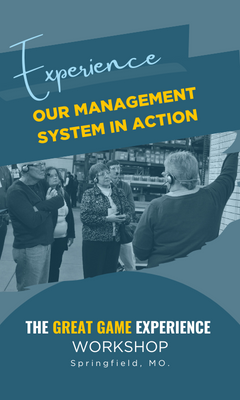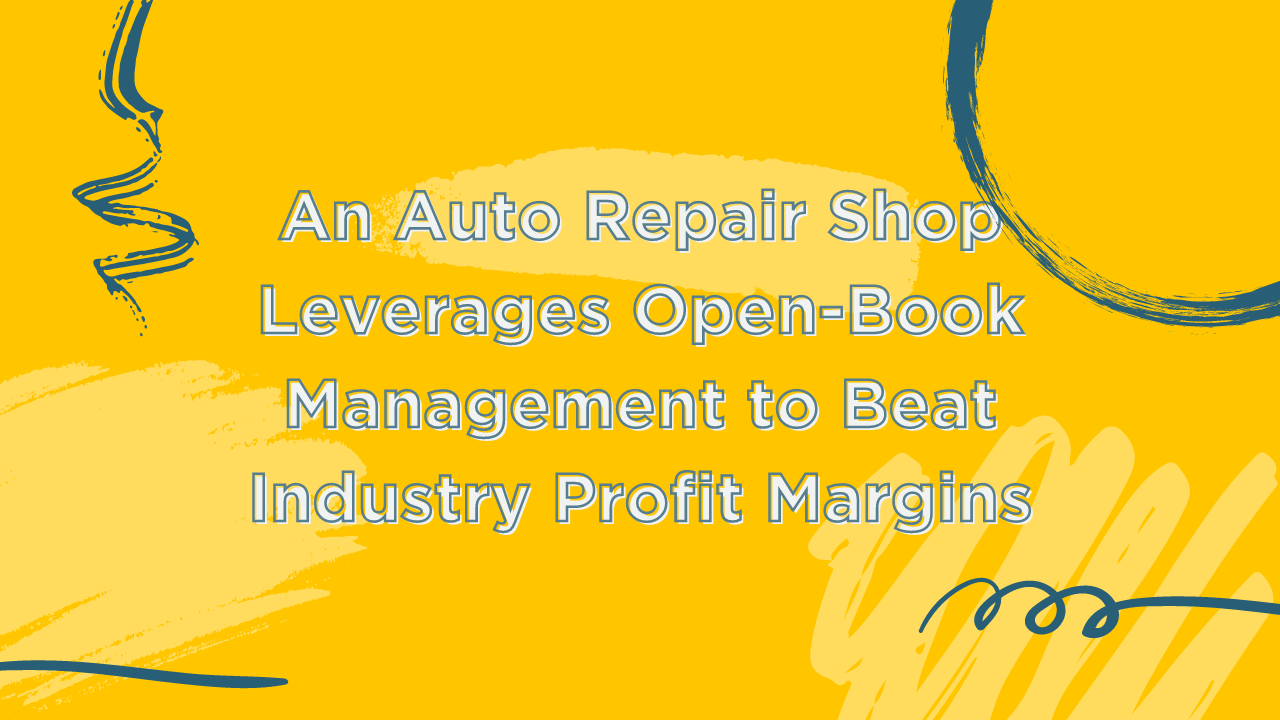
A mechanic by trade, Tom Bissonnette has been part of the auto body repair business in his hometown of Saskatoon, Saskatchewan, since the 1980s. It was in 2000 that the opportunity arose to purchase Parr Auto Body, a company specializing/that specialized in auto collision repairs. While the business proved successful over the next 12 years, Bissonnette saw room for improvement. While he had first come across Jack Stack’s book, The Great Game of Business, back in 1998, it was a newly hired consultant who suggested in 2012 that he implement its best practices in his own business.
Parr Auto Body, which now has 20 employees, has already seen spectacular results. We caught up with Tom and his longtime office manager, Chelsea Stebner, who is now one of four other employee-owners in the company, to talk about their experience in playing The Game so far.
Q: What was holding your business back before you started playing the Game?
Tom Bissonnette: Our biggest problem was profitability. We felt like we had the right people, but we needed help to get the buy in to raise our profit margins and increase our bottom line.
Q: What was the constraint you were dealing with?
TB: We pay our employee’s straight time (hourly) instead of flat rate (piece work) like our competitors. About 90% of our business comes through our government insurance company, SGI, who sets the door rate at which we can charge so we’re kind of stuck; we can’t tell our customers to have more auto accidents or get the insurance company to pay us more. We’re in a tough business in that we cannot create sales but what we can control is costs.
Q: So how did you get started?
TB: My wife, Barb, Chelsea, and I went to the two-day seminar in Springfield. Then we had Great Game’s Rich (Armstrong, President) and Steve (Baker, Vice President) come up and help us with a financial literacy training. We also set a budget for the first year as part of a four-year plan. We started with a 7% profit margin with the goal of hitting 10% by 2015.
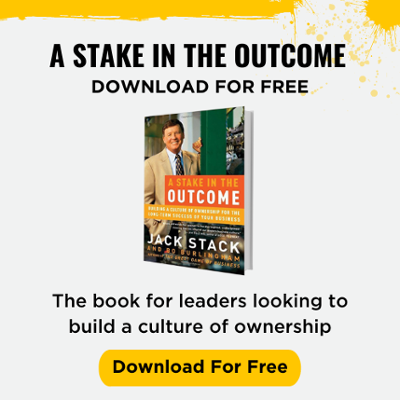 Q: How does that compare to your industry benchmarks?
Q: How does that compare to your industry benchmarks?
Chelsea Stebner: The stats we have tell us it is in the 3% to 5% range.
Q. Was that something your technicians could wrap their heads around?
TB: When we started our financial literacy program, I asked the guys how much profit they thought we were making. They thought it was 30%. When they learned we were shooting to get it to 7%, I think they felt bad for me!
Q: Did you encounter any challenges as you got started?
TB: Ha! In March of that first year, we ended up having huge snow falls. Global warming doesn’t exist here in Saskatchewan. I got a bill from my snow removal guy for $4,000 for a single month. Then we had to replace a frame machine component for $3,000. Then our heating bill came to another $3,000. That was $10,000 in expenses we hadn’t budgeted for so while our sales numbers were tracking perfectly, we figured our profitability was ruined.
Q: How did your team react?
TB: Well, we laid out the numbers, explained the bills and showed the staff what was happening. Every one of them said, the deal is the deal. If we don’t hit our goals, then we wouldn’t pay a bonus.
Q: How did things wind up?
TB: We missed that particular quarter bonus, but the team doubled down and worked hard enough to pay out $80,000 in bonuses for the remainder of the year.
Q: Wow – congratulations. That’s amazing. How did your second year go?
TB: We blew the doors off again. We raised the net profit mark by another 1% and we nailed it. We are once again at record sales and profitability with our net profit holding steady with a 2.6% increase. We are on track to pay out $70,000 in bonuses this year. The serendipity is that our employee turnover is absolutely at zero and our morale is at an all-time high.
Q: Given your success with opening your books, why do you think more business owners don’t embrace it?
TB: When I talk to friends who own shops and tell them what we did, they think it’s like being naked. They ask me, “Why share that with employees?” But what I try to explain is that I didn’t have anything to lose. By sharing more information, the buy-in is better, the understanding of how the business works is better, and it keeps them in the business longer. It creates a huge trust factor when someone feels like he or she is part of the equation. It’s not onerous to share information with employees, it’s liberating.
Q: What has the change been like for you, Chelsea?
CS: Everyone here now thinks and acts like an owner. You see that teamwork and better communication. Everyone has bought in and engages in the weekly forecasts and huddles. I can’t imagine ever going back.
Q: You’ve also taken the step to sell 30% of the company to several employees including you, Chelsea, correct?
CS: Yes, we had a lawyer set up shareholder agreement and although Tom owns 70% of the company, he still needs to get 75% of the shareholders to approve any change in the business.
Q: What’s that transition been like for you, Tom?
TB: I am 58 and still consider myself a young guy, but this is all part of my succession plan. By the time I turn 60, I want to be semi-retired or doing something else, like playing golf or helping with an auto body training facility we are planning to build in Haiti. Sure, I could have sold to some consolidator, but what would happen to these kids like Chelsea? I feel like if you don’t provide an opportunity for your up-and-comers, you will lose them. But by giving them the opportunity to be owners, it’s created a win-win for everyone.
.png)



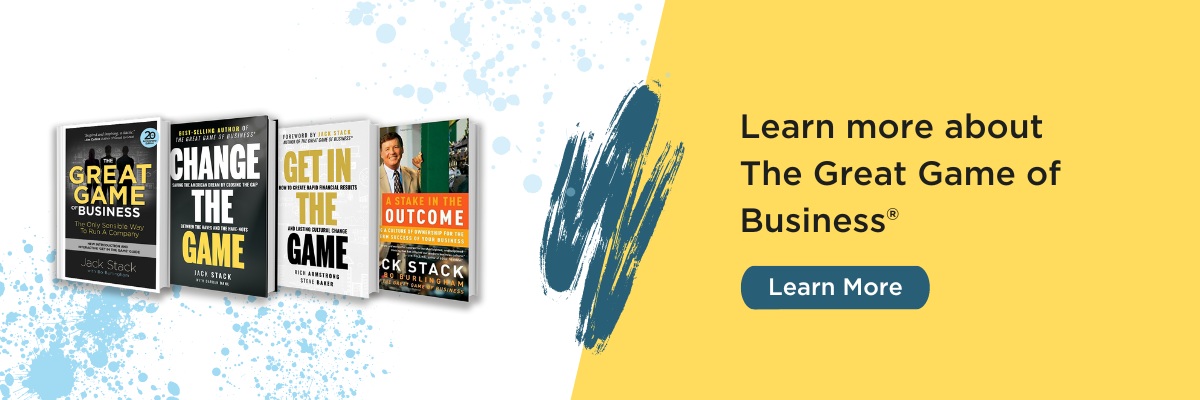
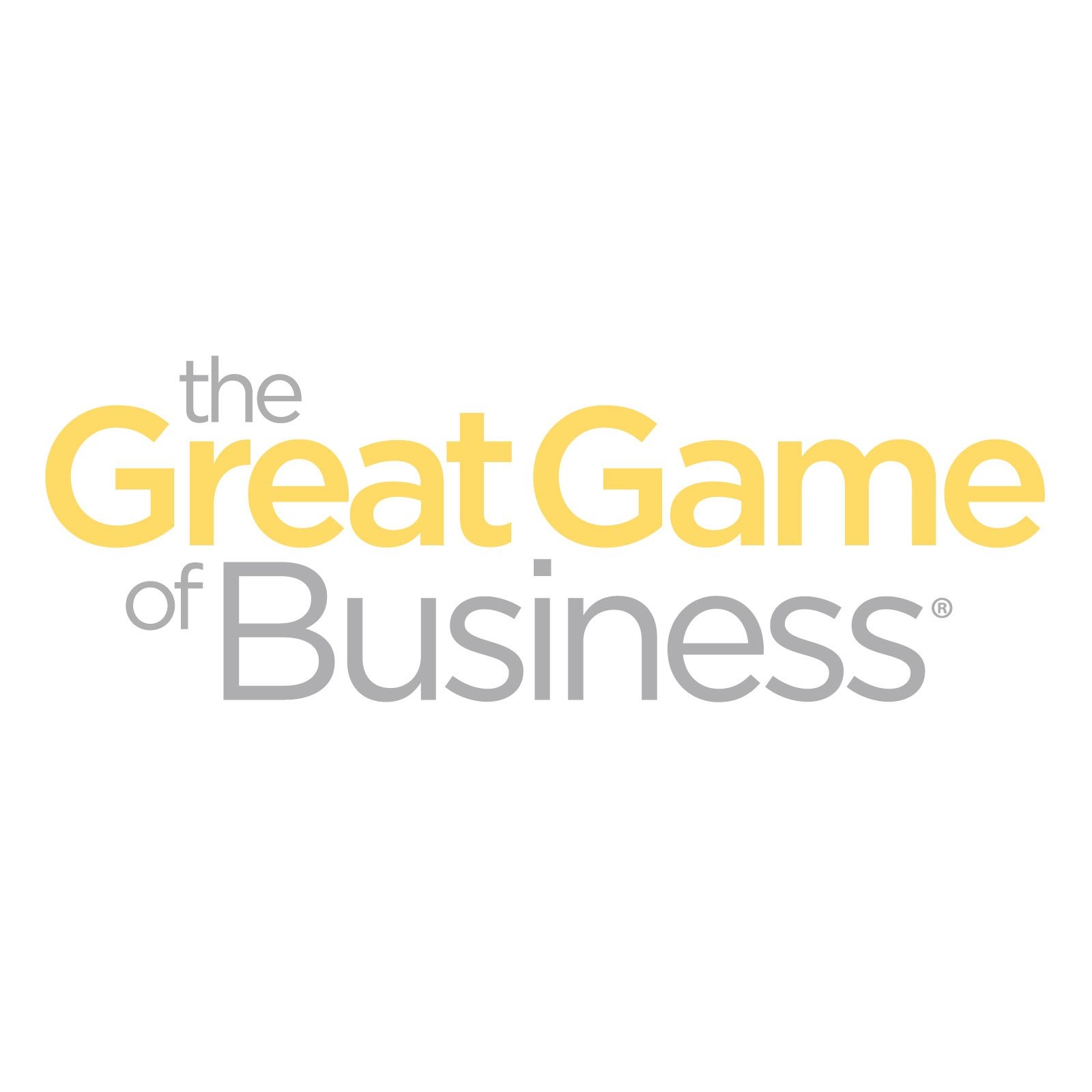




.png)




-5.png)
